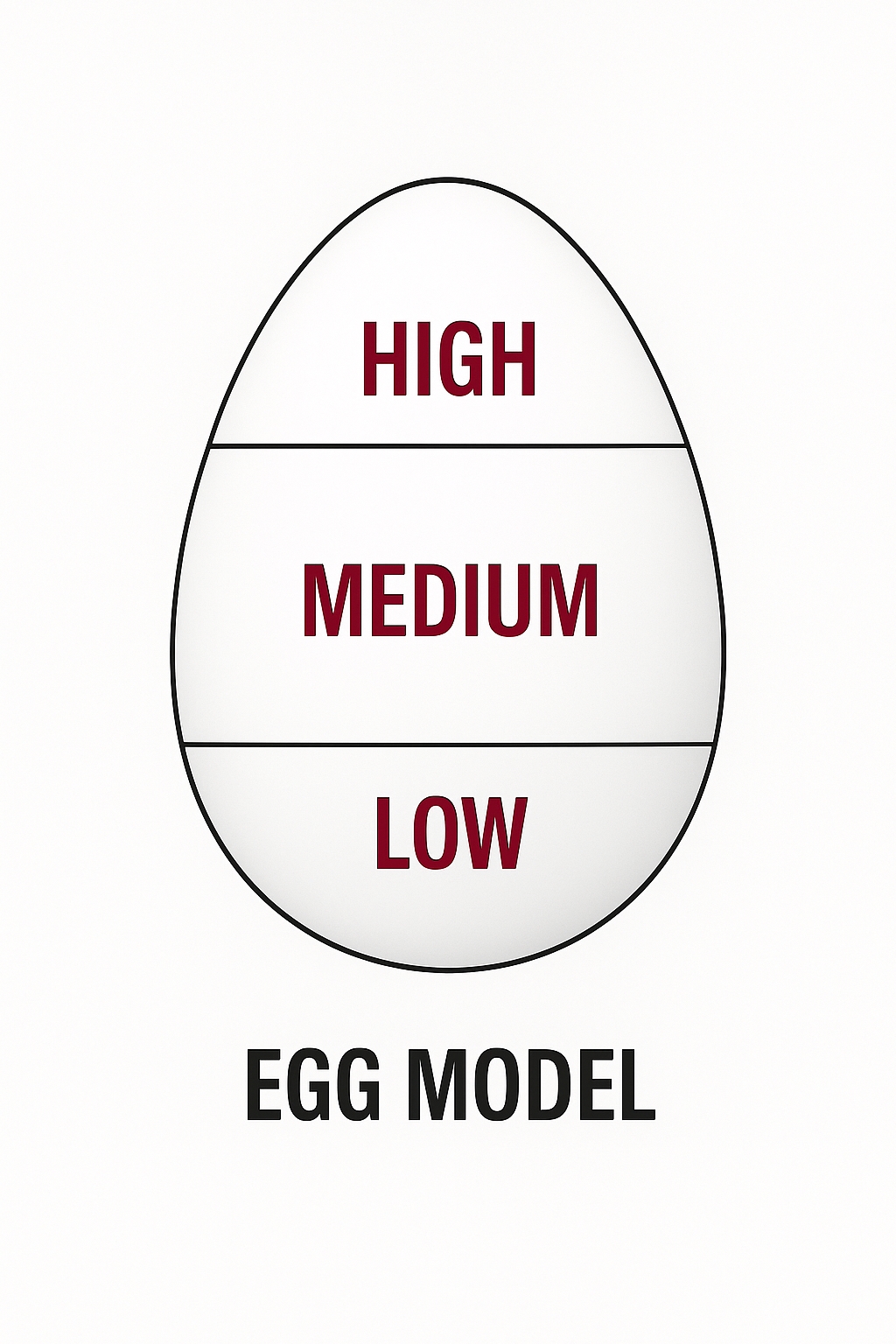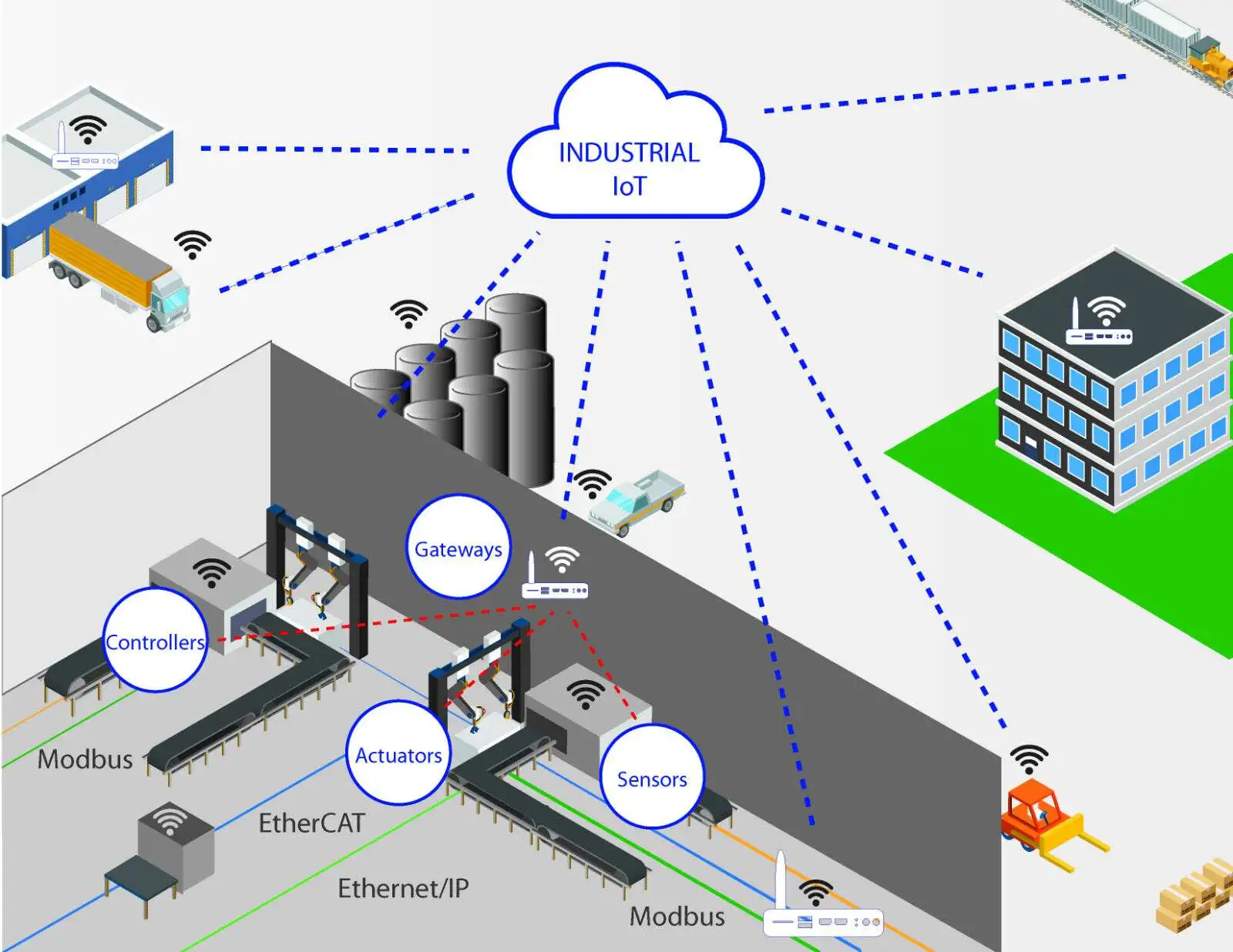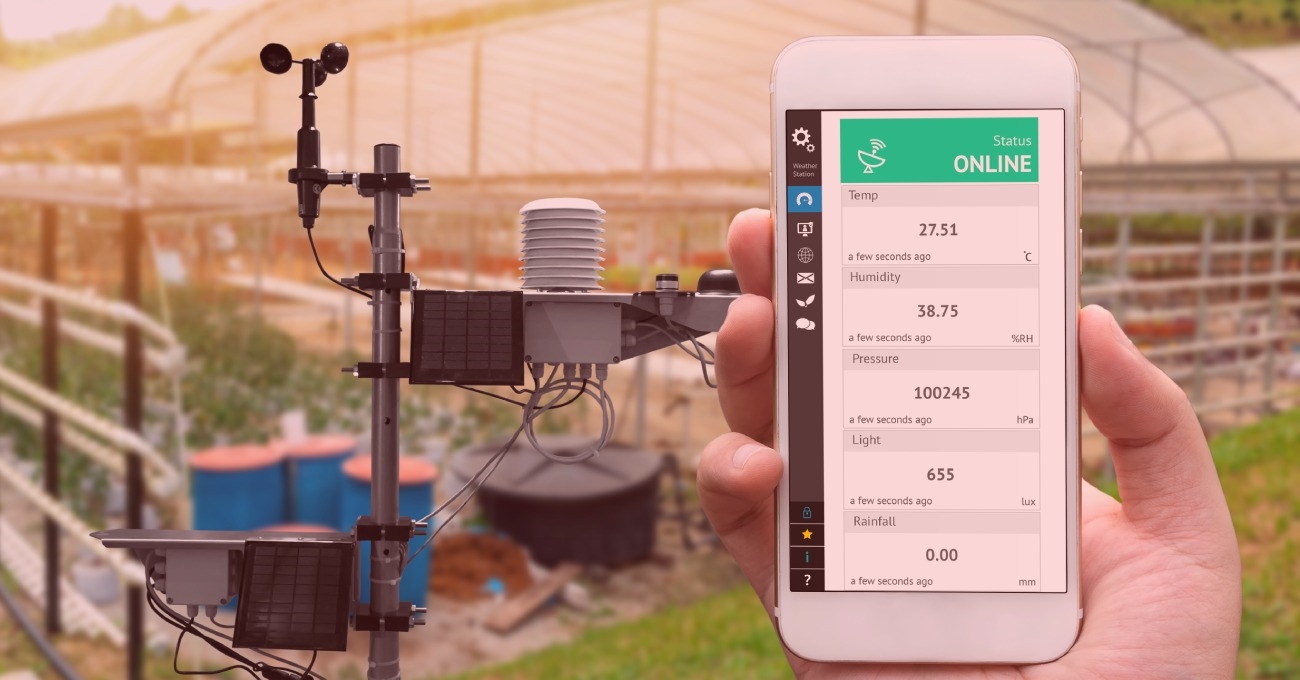Smart cities leverage the Internet of Things (IoT) as a platform for integrated technology applications, combining multiple IoT units into comprehensive systems. These systems incorporate sensing, cloud computing, and other technologies to form the foundation of urban intelligence in China and globally.
Smart cities vary in scale and focus, allowing flexible combinations to meet specific urban needs. As open systems, they can incrementally add functions, improve, and upgrade over time. Key features include comprehensive sensing, ubiquitous broadband connectivity, intelligent application integration, and human-centered sustainable innovation.
Comprehensive sensing relies on sensor technology to monitor and perceive urban environments in real time, capturing changes in conditions, locations, and other data.
Role of Sensors in Smart Cities
Smart cities require interconnected objects, each equipped with corresponding sensors for identification and management. The advancement of sensor technology is critical to the rapid development of smart urban systems.
1. Smart Parking Enhances Traffic Efficiency
Traffic congestion is a major challenge in modern cities, exacerbated by vehicles searching for parking, which increases carbon dioxide and other emissions, degrading air quality. Smart parking technology addresses this by using smartphone GPS data and ground-embedded sensors to provide real-time parking maps and availability, improving efficiency and reducing environmental impact.
In Los Angeles, smart parking technology has been implemented across over 6,300 parking spaces with wireless sensors. Drivers access real-time parking information via a mobile app, website, or by calling 511, with dynamic pricing based on demand. Electronic signs also guide drivers to available spaces.
2. Smart Streetlights Improve Safety
Streetlights are vital urban infrastructure. IoT-enabled smart streetlights collect and analyze real-time street data, enhancing city management and safety. Equipped with sensors, they provide illumination when pedestrians approach and dim when streets are empty, saving energy. They also notify managers when bulbs need replacement.
Over 80% of Los Angeles's streets use LED bulbs with 4G LTE connectivity, saving 63% in energy costs annually. In Chicago, 76,000 smart LED streetlights in high-risk areas have halved lighting costs, with projected savings of $100 million over a decade.
3. Smart Traffic Boosts Safety
Smart traffic systems, including autonomous vehicles and intelligent signals, aim to reduce congestion, improve management, minimize environmental impact, and enhance safety for commercial and public transport users. Sensors and system communication enable these improvements.
Columbus, Ohio, a leader in smart city initiatives, won $40 million in a U.S. challenge to advance autonomous vehicles and multimodal transport apps. Boston's Smart Streets project, in collaboration with Verizon, uses cameras, LED lights, and sensors to collect traffic data, optimizing road designs and signal timings for pedestrian safety.
4. Smart Energy Transforms Urban Environments
Smart grids are essential for modernizing urban energy systems. They integrate renewable sources like rooftop solar, reducing environmental impact and supporting public health. Smart grids enable electric vehicle integration, offering possibilities like zero-emission transport and emergency power storage.
Residents can access energy data, and utilities can offer pricing plans to boost efficiency, further enhancing urban sustainability.
5. Smart Healthcare Improves Resident Well-Being
IoT connectivity in smart cities links people, buildings, transport, and environments into a data network, improving services and resident health through enhanced data-driven healthcare management.
6. Smart Buildings Promote Sustainability
Buildings account for about 30% of global greenhouse gas emissions and 70% of energy use in major cities. Smart buildings with advanced sensors and IoT systems optimize energy consumption, reducing environmental impact.
7. Smart Environments for Sustainable Cities
As smart, eco-friendly buildings proliferate, cities must adopt technologies to improve environmental outcomes broadly, using sensors to monitor and manage urban ecosystems.
Sensors, as a core IoT technology, are indispensable in smart cities. The more advanced a city's intelligent functions, the greater the demand for sophisticated sensor technology. Distributed sensors enable comprehensive, systematic, and intelligent data collection, making them critical to urban intelligence. Smart cities, in turn, provide vast opportunities for sensor technology development.
 ALLPCB
ALLPCB







